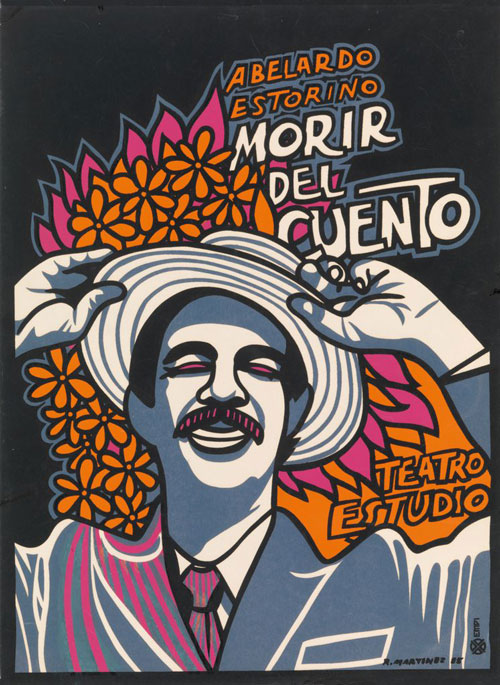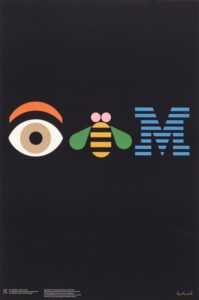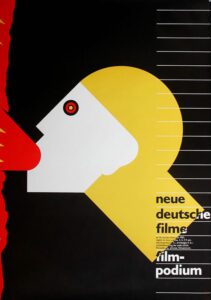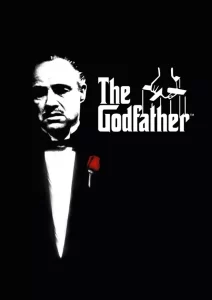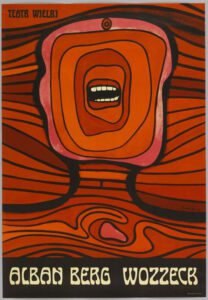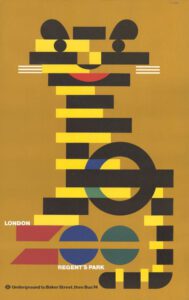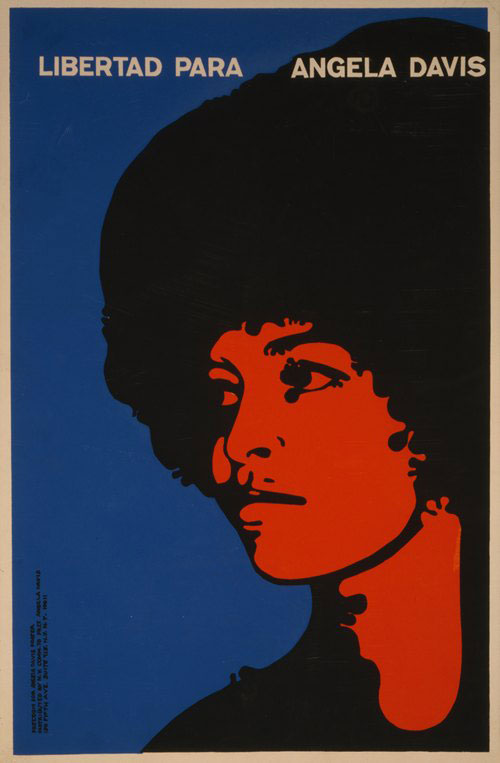
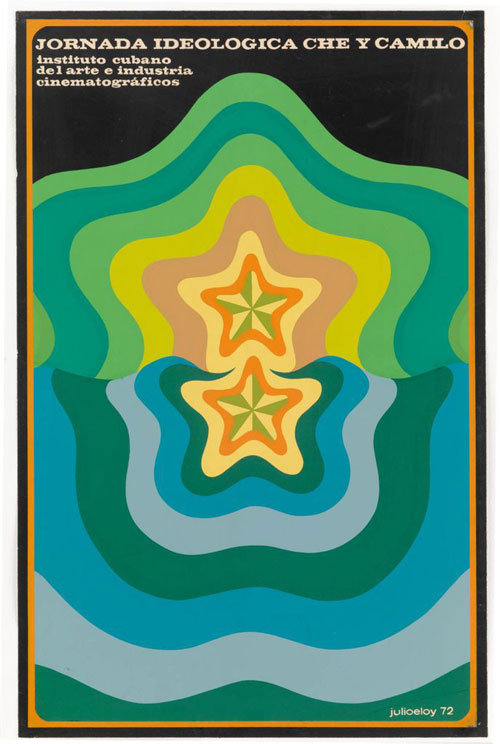
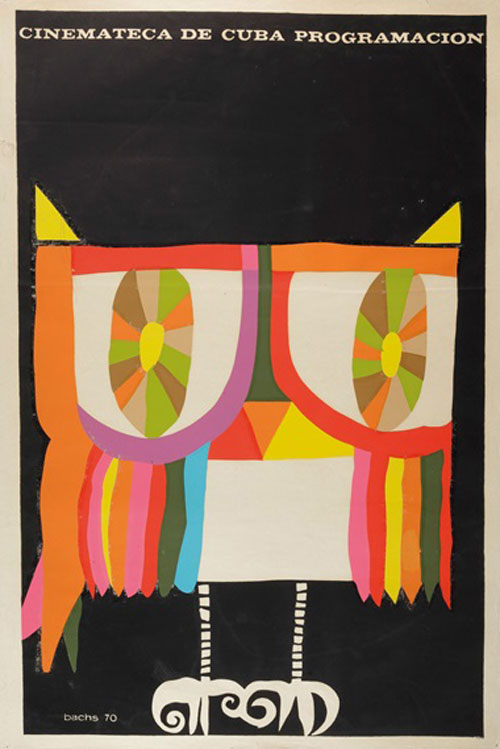
A national identity through poster art
“A revolution is not a bed of roses. A revolution is a struggle between the future and the past.” So said Fidel Castro in 1959, just as the Cuban leader took hold of the reins of power in the country and ushered in a new era of Communism.
The Cuban Revolution didn’t just put the country between the future and the past. It also put it between the two pervading global ideologies of the time: the western, American-centred capitalist machine, and the Soviet Union’s brand of socialism.
Situated at this dynamic crossroads, art – in particular, poster art – played an important role in defining Cuba’s new place in the world, as well as reinforcing its distinctive national identity.
Many Cuban artists were actively encouraged in their artistic pursuits – and many were sponsored by the State-run Instituto Cubano del Arte y la Industria Cinematográfica.
Thanks to this, some of the best poster art of the 20th Century has come from this small Caribbean island.
Here are 12 famous cuban posters which give an insight into Cuba in the 20th Century:
Besos Robados – René Azcuy 1970
Cuban art had flourished before the 1959 revolution, in part because the country was a cultural melting pot, with African, South American, European, and North American influences helping to make it an artist hub.
But post-1959, there was a certain tension between the needs of artists and the needs of the newly founded Communist State.
State-sponsored art was an important part of helping Communist Cuba to gain legitimacy, and historians have noted that many of the more liberal artists either fled the country after the Revolution, worked as an arm of the State’s art-propaganda machine, or consciously censored their work so as not to offend the State.
However, René Azcuy’s magnificent Besos Robados poster shows that the idea of ‘mass censorship’ is a reductive one when it comes to Cuban poster art.
In fact, Fidel Castro was open-minded when it came to art, and he stressed its importance by facilitating the State-run Instituto Cubano del Arte y la Industria Cinematográfica. (He also stressed the importance of film by creating the Cuban Institute of Cinematographic Art and Industry (ICAIC).
Created as a film poster for François Truffaut’s French film Baisers Volés (Stolen Kisses), Azcuy’s poster is sensual, enticing, and – perhaps most importantly – unashamedly inspired by the Western-led pop art movement.
This poster was one of many that showed how art in Cuba flourished and pushed boundaries, even as the State maintained an iron grip on other parts of society after the Revolution.
The revolutionary thinker and writer Angela Davis was imprisoned in California from 1970 to 1972 for her connection to a courtroom murder. During this time, she became a strong international symbol for left-wing revolutionaries internationally.
While she was imprisoned, Cuban artist Félix Beltran created this instantly iconic work of art in her honour. The rich colours, stern gaze, and notable afro all helped this become one of the many evocative symbols of protest art created by Cuban artists.
